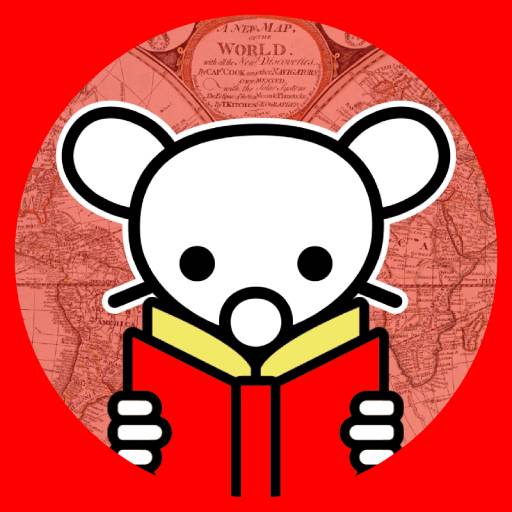

The MPC is a standalone unit. It is a DAW so you don’t need a PC. You can make an entire song on it without ever needing a pc or external editing software, you can connect instruments mics right to it. It’s basically a portable studio.
You can even download updates, instruments, sample kits right on the unit.
It is annoying tho since they started adding features to the PC version of the software that aren’t available in the standalone versions. But you get access to them if you own the hardware.











We all had commercials in our dreams but you don’t see us running off to buy brand name merchandise at low low prices.